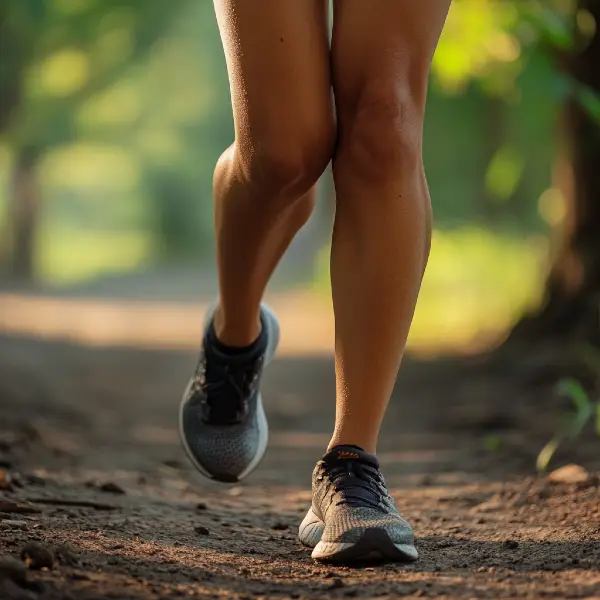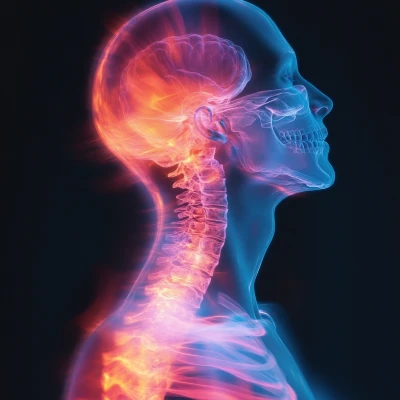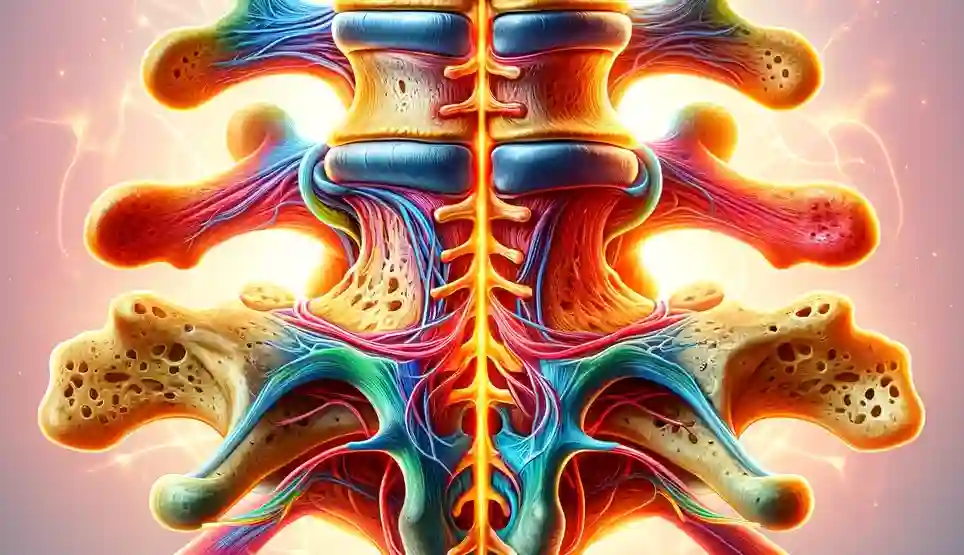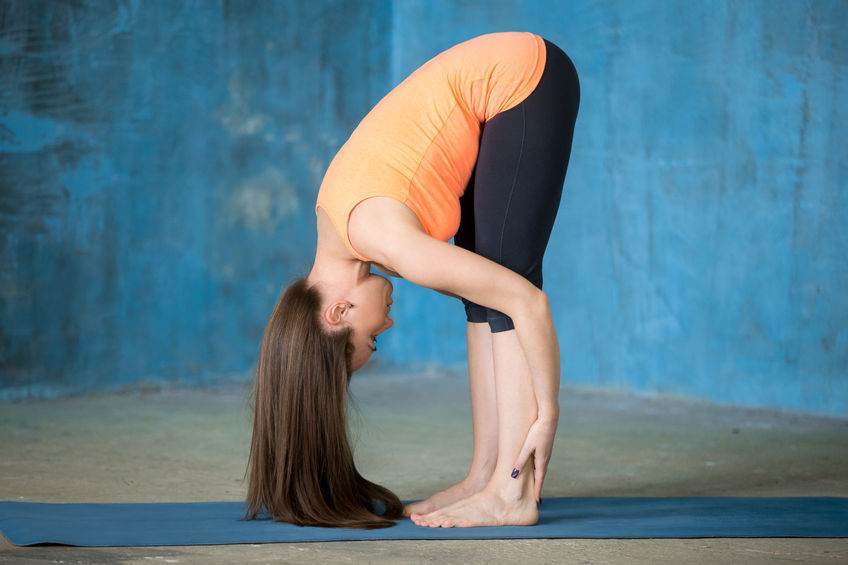Cyclist’s Palsy: Causes, Symptoms, and How to Prevent It

Cycling is an excellent way to stay fit and explore the outdoors, but long hours on the bike can lead to various overuse injuries, one of the most common being Cyclist’s Palsy. This condition, also known as ulnar neuropathy, affects many cyclists due to prolonged pressure on the hands and wrists. If left untreated, it can cause numbness, tingling, and even weakness in the fingers. In this article, we’ll explore the causes, symptoms, and most effective ways to prevent and treat Cyclist’s Palsy.
What is Cyclist’s Palsy?
Cyclist’s Palsy, or ulnar neuropathy, occurs when excessive pressure is placed on the ulnar nerve, which runs from the neck, through the shoulder, and down the arm into the hand. When compressed, the nerve can cause pain, tingling, and numbness in the ring and pinky fingers, as well as weakness in grip strength. This often results from prolonged or repetitive compression while gripping the handlebars.
Causes of Cyclist’s Palsy
- Prolonged Pressure on the Hands: Resting body weight on the handlebars for long periods can compress the ulnar nerve.
- Incorrect Bike Fit: A poorly adjusted bike can increase pressure on the hands and wrists.
- Handlebar Position: Drop handlebars or aggressive riding positions can force excessive wrist extension, increasing nerve compression.
- Vibration and Road Shock: Rough terrain and improper shock absorption can contribute to hand and wrist irritation.
- Overuse and Repetitive Motion: Long-distance cycling without adequate breaks can exacerbate nerve compression.
Cyclist’s Palsy is primarily caused by:

Biomechanical Factors
- Prolonged wrist extension: Cyclists often maintain a hyperextended wrist position while gripping the handlebars, which stretches and compresses the ulnar nerve2.
- Excessive pressure on hands: A significant portion of the cyclist’s body weight is supported by the hands, especially when riding downhill or in an aerodynamic position2.
- Vibration: Constant vibrations from the road or trail, particularly with overinflated tires, skinny tires, or small wheels, can damage the ulnar nerve12.
Bike Setup Issues
- Low handlebars: Handlebars set too low increase the weight borne by the upper limbs2.
- High saddle: An excessively high saddle position can cause more weight to be placed on the hands.
- Incorrect handlebar shape or size: Improperly fitted handlebars can lead to awkward hand positions and increased pressure on the ulnar nerve6.
- Worn-out handlebar padding: Inadequate cushioning can increase pressure on the wrists2.
Riding Practices
- Long-distance cycling: Prolonged rides, especially without changing hand positions frequently, can lead to sustained pressure on the ulnar nerve3.
- High-volume training: Intense training regimens may increase the risk of developing cyclist’s palsy1.
- Downhill riding: This position places a larger portion of body weight on the hands, increasing pressure on Guyon’s canal2.
- Poor posture: Weak core muscles or improper cycling posture can cause excess weight to be placed on the hands12.
Additional Contributing Factors
- Ill-fitted or worn-out gloves: Inadequate hand protection can exacerbate pressure on the wrist2.
- General fatigue: As riders tire, they tend to place more weight on their hands.
- Lack of hand position variation: Failing to change hand positions regularly during rides can lead to sustained pressure on the ulnar nerve2.
- Inexperience: Novice cyclists may be more prone to poor technique and improper weight distribution3.
Understanding these causes is crucial for preventing cyclist’s palsy and maintaining proper cycling ergonomics. Addressing bike fit, riding technique, and equipment choices can significantly reduce the risk of developing this condition.
Symptoms of Cyclist’s Palsy
Cyclist’s palsy, also known as handlebar palsy or ulnar neuropathy, occurs due to prolonged pressure on the ulnar and/or median nerves while gripping the handlebars. This nerve compression can lead to a variety of sensory and motor impairments, affecting hand function.
Sensory Symptoms:
- Numbness and Tingling (Paresthesia):
A frequent and early symptom is numbness or a “pins and needles” sensation, primarily affecting the ring finger, pinky finger, and the outer side of the hand (ulnar nerve involvement). If the median nerve is affected, numbness may extend to the thumb, index, and middle fingers. - Burning or Electric Shock-like Sensation:
Some cyclists describe an electric shock sensation running along the affected fingers, especially when attempting to move or stretch the hand. - Loss of Sensation:
In more severe cases, prolonged nerve compression can cause partial or complete loss of sensation in the affected fingers, making it difficult to distinguish textures, temperature changes, or detect objects with precision.
Motor Symptoms:
- Weakness in Hand and Wrist:
Cyclists may experience noticeable weakness, particularly in grip strength and finger flexion, making it difficult to grasp objects or brake effectively. - Clumsiness and Poor Coordination:
The loss of fine motor control can make everyday tasks such as buttoning a shirt, typing, or even holding utensils feel awkward or difficult. - Hand Fatigue:
Weakness and loss of endurance in the hand muscles may cause fatigue, making long rides increasingly difficult. - Cramping and Muscle Spasms:
Muscle cramps in the fingers, hand, and forearm can occur due to prolonged nerve compression and reduced blood flow.
Pain and Discomfort:
- Localized Hand Pain:
Aching pain may develop in the palm, wrist, or forearm, depending on the nerve affected. Pain can be sharp, burning, or dull. - Pain that Radiates Up the Arm:
In some cases, pain can extend from the wrist up to the elbow or forearm due to nerve irritation or inflammation. - Exacerbation with Activity:
Symptoms often worsen after prolonged cycling, particularly on rough terrain, when using drop handlebars, or during long rides without changing hand positions.
Severe Cases and Chronic Symptoms:
- Loss of Grip Strength and Hand Dexterity:
Severe cases may result in significant loss of grip strength, making it difficult to perform tasks such as opening jars or shaking hands firmly. - Atrophy of Hand Muscles:
In chronic cases, prolonged nerve compression can lead to muscle wasting (atrophy) in the small hand muscles, particularly near the base of the pinky finger. - Permanent Nerve Damage (If Untreated):
If left untreated, nerve damage can become irreversible, leading to persistent weakness, numbness, and loss of function in the affected hand.
How to Prevent Cyclist’s Palsy
Cyclist’s Palsy is preventable with proper bike ergonomics, protective gear, and conditioning exercises. Follow these strategies to reduce risk and keep your hands pain-free while riding.
1. Adjust Your Bike Fit
A poor bike fit is one of the most common causes of cyclist’s palsy. Ensuring your bike is properly adjusted can minimize pressure on your hands and improve overall comfort.
- Handlebar Height & Positioning:
- Raise the handlebars slightly to adopt a more upright posture, reducing excessive weight on your hands.
- Avoid positioning the handlebars too low, forcing you to lean forward and increasing hand pressure.
- Consider using ergonomic handlebars or those with multiple grip positions.
- Saddle Positioning:
- Adjust your saddle so your weight is evenly distributed between the seat and handlebars.
- If your saddle is too far forward, it can shift excess weight onto your hands, increasing nerve compression.
- Opt for a properly padded, ergonomic saddle to reduce unnecessary forward lean.
- Change Your Grip Frequently:
- Regularly switch between different hand positions (tops, hoods, and drops) to distribute pressure across different areas of your hands.
2. Use Padded Gloves and Handlebar Tape
Vibration and prolonged pressure from the handlebars can worsen nerve compression. Proper cushioning can help absorb shock and reduce strain on the hands.
- Cycling Gloves:
- Invest in gel-padded cycling gloves to cushion the palms and protect the ulnar and median nerves.
- Ensure the gloves fit snugly but are not too tight, as overly tight gloves may further restrict circulation.
- Handlebar Tape and Grips:
- Use high-quality padded handlebar tape to reduce road vibrations.
- Consider ergonomic handlebar grips that provide extra palm support, particularly if you use flat handlebars.
3. Strengthen and Stretch Your Hands and Wrists
Hand and wrist conditioning can improve resilience and reduce fatigue during long rides.
Stretching Exercises:
Perform these stretches before and after riding to maintain flexibility and prevent nerve irritation.
- Wrist Flexor Stretch:
- Extend one arm in front of you, palm facing up.
- Use the opposite hand to gently pull the fingers back.
- Hold for 20–30 seconds and repeat on the other side.
- Wrist Extensor Stretch:
- Extend one arm in front, palm facing down.
- Gently pull the fingers toward you using the opposite hand.
- Hold for 20–30 seconds per hand.
Strengthening Exercises:
Stronger hands and wrists help maintain a more relaxed grip on the handlebars.
- Grip Strength Training:
- Use a stress ball or hand gripper to strengthen your grip muscles.
- Perform 3 sets of 10-15 reps per hand.
- Finger and Wrist Resistance Training:
- Use a rubber band around your fingers and spread them apart repeatedly to strengthen intrinsic hand muscles.
4. Take Breaks and Change Hand Positions
Minimizing prolonged pressure on one area of your hands helps prevent nerve compression.
- Frequent Position Changes:
- Alternate between the tops, hoods, and drops of your handlebars.
- On flat handlebars, shift your grip to different sections periodically.
- Relax Your Grip:
- Avoid gripping the handlebars too tightly, as excessive force increases nerve compression.
- Keep your hands lightly resting on the bars and consciously relax your fingers during longer rides.
- Take Breaks on Long Rides:
- Stop and shake out your hands and wrists every 30–45 minutes.
- Stretch your hands to improve circulation and relieve tension.
5. Reduce Road Shock with Proper Equipment
Excessive vibrations from rough terrain can aggravate nerve compression. Using the right bike setup can help minimize shock.
- Bike Suspension and Tires:
- If riding on rough roads or gravel, consider a bike with front suspension to absorb impacts.
- Use wider tires (28mm or more) with lower air pressure to reduce road vibration.
- Choose Smooth Riding Surfaces:
- Opt for paved paths and smoother roads when possible to reduce jarring vibrations.
6. Consider Aerobar Attachments
If you do a lot of long-distance cycling or time trials, adding aerobars can reduce pressure on your hands by allowing your forearms to bear more weight. However, use them with caution and practice safe handling.
Preventing cyclists’ palsy involves reducing pressure, improving hand positioning, and strengthening your hands and wrists. By making these small adjustments, you can ride longer and more comfortably without experiencing numbness, tingling, or weakness.
Treatment for Cyclist’s Palsy
If you develop symptoms of Cyclist’s Palsy, early intervention is crucial to prevent permanent nerve damage and restore hand function. The treatment focuses on reducing inflammation, relieving nerve compression, and improving mobility.
1. Rest and Modify Cycling Activities
- Reduce or take a break from cycling to allow the compressed nerve to heal.
- If you continue cycling, adjust your hand positioning and bike fit to reduce pressure on the ulnar and median nerves.
- Avoid prolonged gripping—frequently adjust your hand position and keep a relaxed grip.
2. Apply Ice and Use Anti-Inflammatory Medications
- Ice Therapy:
- Apply an ice pack wrapped in a towel to the affected area for 10-15 minutes, 3–4 times daily to reduce swelling and numb pain.
- NSAIDs (Non-Steroidal Anti-Inflammatory Drugs):
- Over-the-counter NSAIDs such as ibuprofen (Advil, Motrin) or naproxen (Aleve) can help relieve pain and inflammation.
- Caution: Use NSAIDs only for short-term relief, as long-term use can cause side effects.
3. Stretch and Strengthen the Wrist and Hand
Performing specific nerve glides, stretches, and strengthening exercises can alleviate pressure on the nerve and promote recovery.
Stretching Exercises
- Ulnar Nerve Glide (“OK” Sign Stretch)
- Make an “OK” sign with your fingers (thumb and index touching).
- Slowly tilt your hand backward, bringing your “OK” sign towards your face.
- Hold for 5–10 seconds, then return to the starting position.
- Repeat 5–10 times per hand.
- Wrist Flexor Stretch
- Extend your arm in front of you, palm facing up.
- Use the other hand to gently pull back your fingers.
- Hold for 20–30 seconds, then switch sides.
- Repeat 2–3 times per session.
- Wrist Extensor Stretch
- Extend your arm, palm facing down.
- Use the opposite hand to pull the fingers back toward your body.
- Hold for 20–30 seconds and repeat 2–3 times per hand.
Strengthening Exercises
- Grip Strengthening
- Squeeze a stress ball or hand gripper for 3 sets of 10-15 reps.
- It helps restore grip strength and reduce fatigue.
- Finger Resistance Training
- Place a rubber band around your fingers and spread them apart.
- Repeat for 10-15 reps per hand.
4. See a Chiropractor
A Certified Chiropractic Sports Practitioner (CCSP) can provide specialized treatment to speed up recovery.
Manual Therapy & Soft Tissue Techniques
- Joint Mobilization & Adjustments:
- A chiropractor may perform wrist, elbow, or cervical spine adjustments to relieve nerve irritation.
- Myofascial Release & Massage:
- Hands-on soft tissue techniques help reduce muscle tightness that may compress the nerve.
- Ergonomic Bike Fit Assessment:
- A physical therapist or sports chiropractor can assess your bike fit and hand positioning, making necessary adjustments.
5. Use a Splint or Brace for Severe Cases
- Night Splints or Wrist Braces:
- Wearing a wrist splint at night can help keep the wrist neutral, preventing excessive nerve compression.
- Taping or Compression Supports:
- Kinesiology taping or a light compression glove can help support the wrist and reduce swelling.
6. Consider Alternative Pain Relief Techniques
- Ultrasound Therapy or Electrical Stimulation (TENS):
- It may be recommended by a chiropractor to improve nerve function.
- Acupuncture:
- Some cyclists find relief through acupuncture, which may reduce inflammation and stimulate nerve healing.
7. Address Underlying Causes and Adjust Equipment
- Upgrade Your Handlebar Tape or Gloves:
- Use gel-padded gloves and high-density handlebar tape to absorb vibrations.
- Adjust Your Handlebars & Saddle Position:
- Raise your handlebars slightly or switch to ergonomic grips to reduce pressure on the ulnar nerve.
- Use a Suspension System:
- If you ride rough terrain, consider a front suspension bike or wider tires to absorb road shocks.
When to Seek Professional Help
If symptoms persist for more than a few weeks, or if you experience severe weakness or muscle wasting, seek medical attention. A chiropractor or sports medicine specialist can evaluate nerve function and recommend soft tissue therapy, joint adjustments, and rehabilitation exercises to restore strength and prevent recurrence.
Conclusion
Cyclist’s Palsy is a common but preventable condition that affects cyclists of all levels. By adjusting your bike fit, using proper gear, stretching regularly, and taking breaks, you can significantly reduce your risk of developing ulnar neuropathy. If you experience symptoms, early intervention with rest, therapy, and ergonomic adjustments can help you get back on the road pain-free.
- If you’re experiencing persistent numbness or hand weakness, consider booking an appointment with a sports chiropractor to address the root cause and ensure a full recovery.
Need Expert Help?
If you’re dealing with hand pain or other cycling-related injuries, contact Dr. Ken Nakamura, a Certified Chiropractic Sports Practitioner in Toronto, for a professional assessment and personalized treatment plan.






